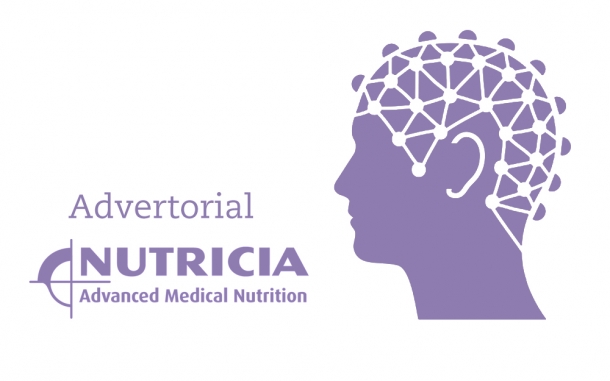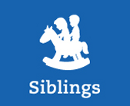Nutricia sponsors this article in the interest of supporting and educating the special needs community.
Myoclonic-Astatic Epilepsy (MAE), or Doose Syndrome, is an epilepsy syndrome of early childhood that is often resistant to treatment with medication, for this reason it can be difficult to treat. MAE is an idiopathic generalized epilepsy, meaning that there is no known cause for the seizures (idiopathic) and the seizures originate from all over the brain (generalized) as opposed to coming from one focal area. Onset of MAE occurs commonly in the first five yeas of life, with the mean age being three. Statistics show that it usually affects children who have previously developed normally, and boys are twice as likely as girls to develop MAE. In some cases, other family members (immediate or extended) may also have a history of seizures.
As knowledge of MAE increases, and correct diagnoses are made more readily, the success rate of treatments trialled is gradually but constantly improving. In addition, newer antiepileptic medications are proving highly effective in MAE and this too is contributing to better outcomes for these children.
Various studies over recent years have shown that the Ketogenic Diet is extremely effective in controlling seizures in children with MAE, and the diet is now considered one of the most successful treatments for the disorder, even more successful, according to some centres, than traditional anti-epileptic drugs. Parents who have achieved seizure control through AEDs but with bothersome or inhibitory cognitive side effects have also chosen this form of therapy as an alternative to medication. Some children require a combination of the Ketogenic Diet as well as medication added, others respond completely to the diet, alone. The Ketogenic Diet can be safely administered to babies and children of all ages. Baby formula is easily replaced with a special Ketogenic baby and toddler formula, which contains the perfect combination of nutrients needed for growth.
MAE is a syndrome with variable outcomes, meaning that how the child responds to treatment is highly variable according to the individual. There is no ‘right’ management approach suitable for all children with MAE - each parent in conjunction with their treating physician must be a part of the process where they strive for the ideal treatment for the individual. Reading the experiences of families who have found what’s worked for them with seizure control may aid in this process, as hopefully will reading about cases where certain treatments have aggravated seizures or induced them further.






























